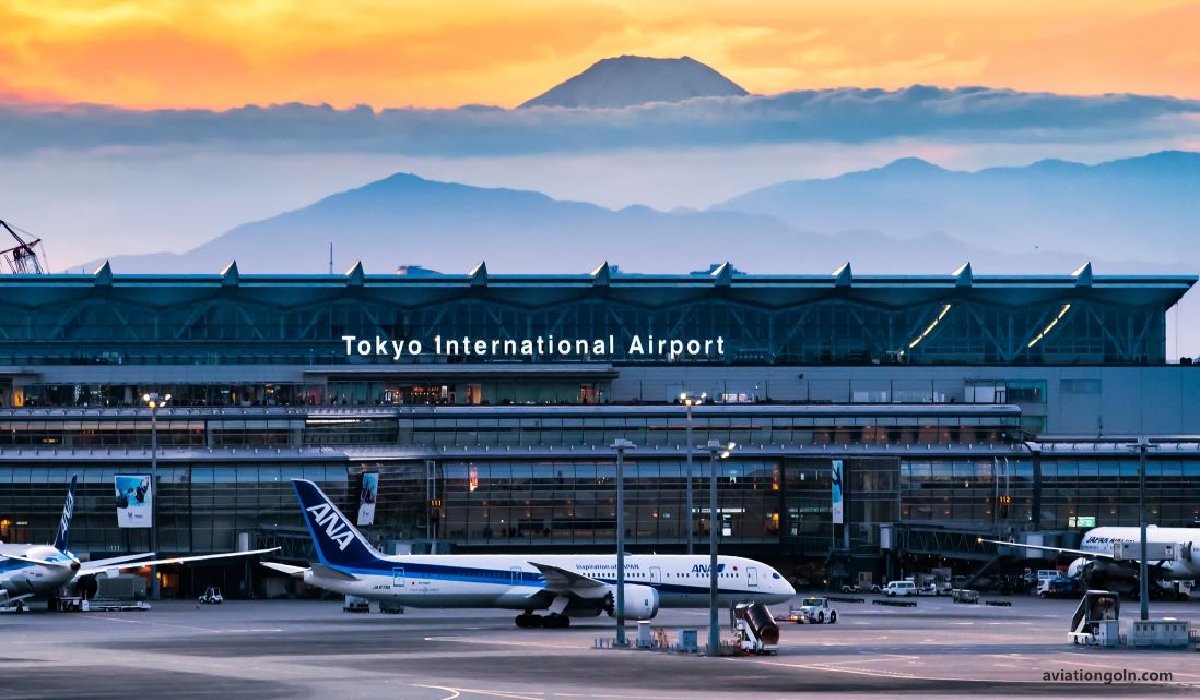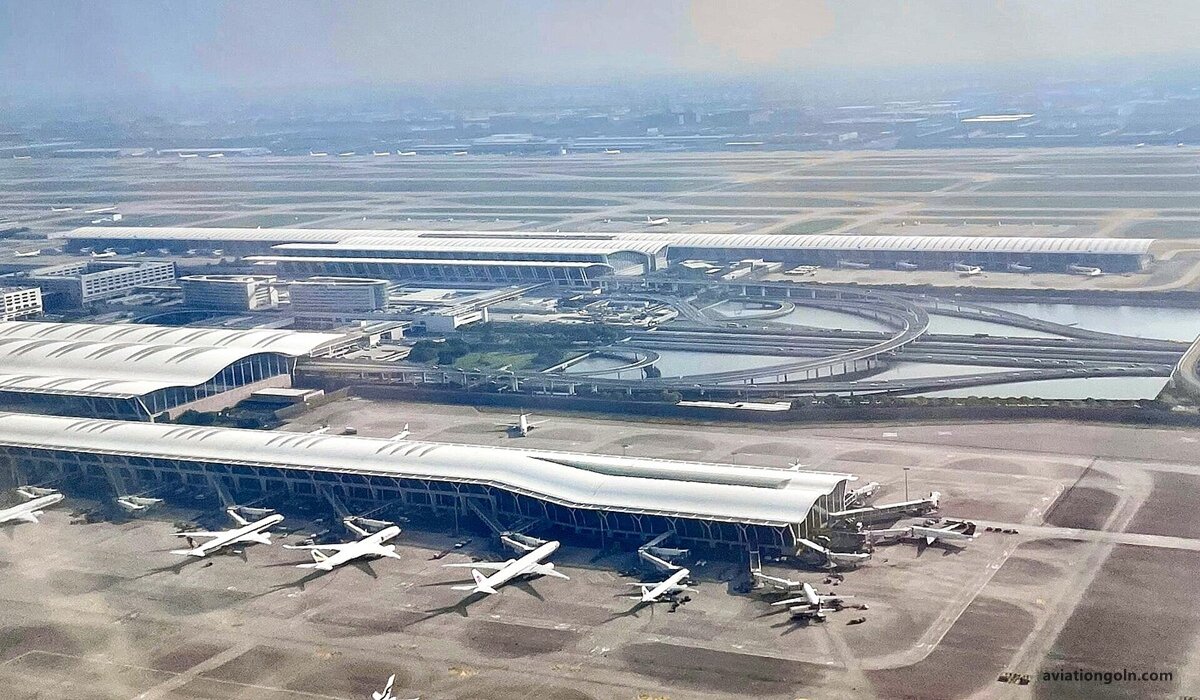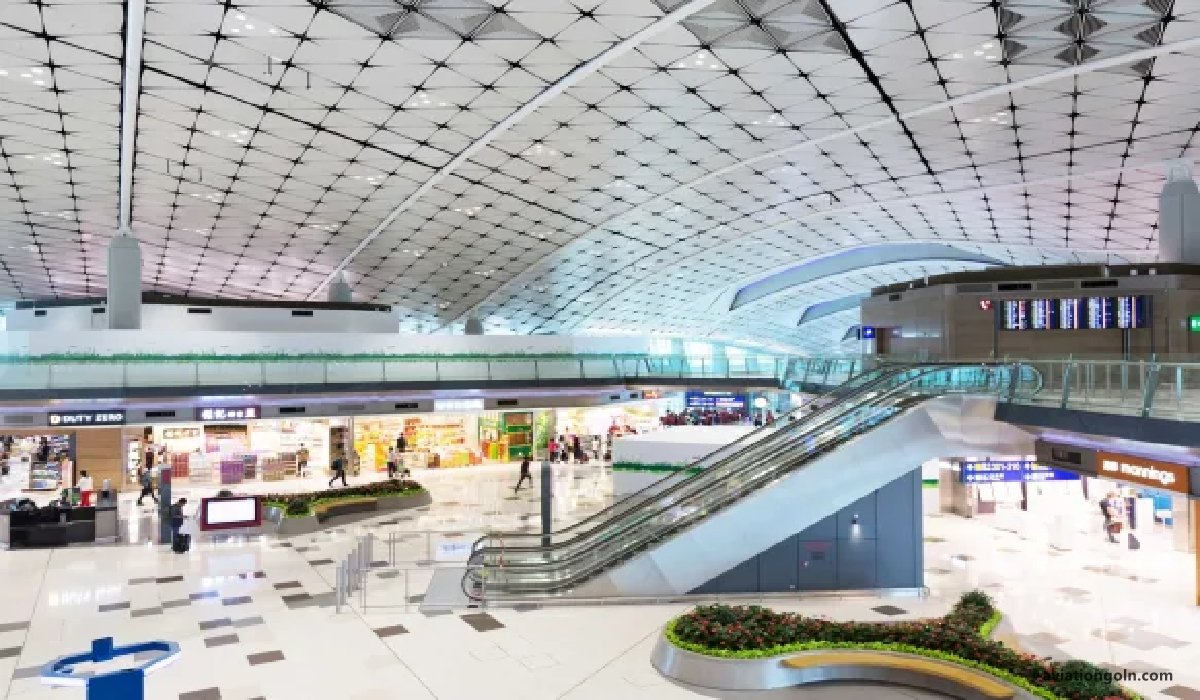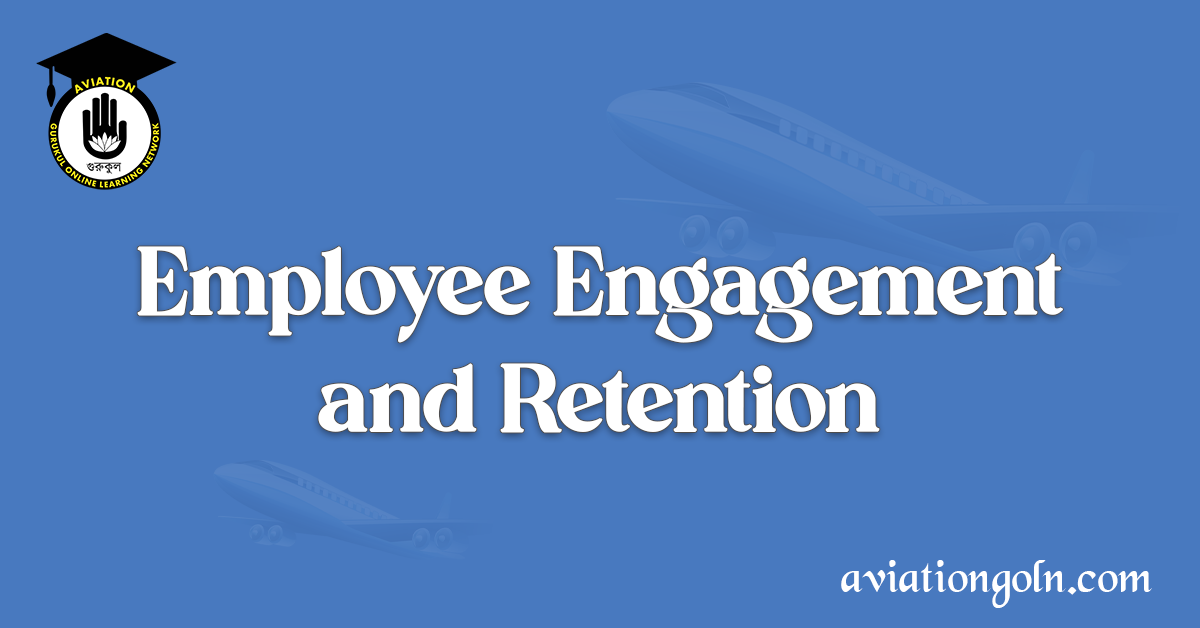Employee Engagement and Retention for Airports: Airports, as hubs of international and domestic travel, play a crucial role in the global transportation infrastructure. The smooth and efficient operation of an airport relies significantly on its employees, from security personnel to ground staff, and from customer service agents to administrative workers. Employee engagement and retention, therefore, become vital factors in maintaining the consistency, safety, and efficiency of airport operations.
Employee engagement can be described as a workplace approach that results in the right conditions for all members of an organization to give of their best each day. It implies a commitment to their organization’s goals and values, motivation to contribute to organizational success, and an enhancement in their own well-being.
Retention, on the other hand, refers to the ability of an organization to maintain a stable workforce by reducing the number of employee departures. High employee turnover can be expensive, disruptive, and damaging to organizational morale.
This article delves deep into the importance of employee engagement and retention in airports, offering a strategic planning guide for human resources.
Employee Engagement and Retention for Airports: Strategic Planning for Human Resources
1. Understanding the Importance of Engagement and Retention in Airports
a. Safety and Security: Employees who are engaged are more likely to be attentive to details, vigilant, and proactive. This attentiveness is especially crucial for roles related to safety and security.
b. Consistency in Service Delivery: Engaged employees ensure that passengers experience consistency in the level of service, which is crucial for upholding an airport’s reputation.
c. Cost Savings: Training new employees is expensive. Retaining experienced employees saves training costs and ensures a reservoir of institutional knowledge.
d. Employee Morale: A high attrition rate can damage team cohesion and morale. Retention contributes to a positive workplace environment, fostering further engagement.

2. Challenges to Engagement and Retention in Airports
Airports, due to their very nature, present unique challenges:
a. Stressful Environment: With tight security protocols, fluctuating passenger volumes, and possible delays, airports can be high-pressure environments.
b. Shift Work: The 24/7 operation of many airports means many employees work irregular hours, which can impact work-life balance.
c. Repetitive Tasks: Many roles in an airport, like security screening or baggage handling, can be monotonous, leading to decreased job satisfaction.

3. Strategies for Enhancing Employee Engagement
a. Regular Training: Ensure employees have regular training opportunities, not just to improve their skills but to understand the bigger picture of their roles.
b. Recognize and Reward: Regularly recognize employees’ achievements. This can be done through formal awards, bonuses, or even simple acknowledgment during team meetings.
c. Open Communication: Foster an open communication environment where employees can voice their concerns, give feedback, or share their ideas.
d. Career Progression: Provide clear pathways for career advancement. Employees should see a future within the organization.

4. Retention-Focused Strategies
a. Competitive Compensation: Ensure that salaries and benefits are competitive within the industry.
b. Work-Life Balance: Introduce flexible working hours, shift swaps, or compressed workweeks where possible.

c. Employee Well-being Programs: Offer programs like gym memberships, mental health resources, or even meditation rooms within the airport.
d. Continuous Feedback: Conduct regular employee surveys to identify areas of improvement.

5. Specific HR Initiatives for Airports
a. Onboarding Programs: A structured onboarding process ensures that new hires understand their roles, the airport’s operations, and feel welcomed into the team.
b. Mentorship Programs: Pairing new hires with experienced employees can help in quicker acclimatization and skill transfer.
c. Cross-Training: Allow employees to experience different roles within the airport, enhancing their skills and breaking the monotony.
d. Engagement Events: Organize regular team-building events, workshops, or outings to foster camaraderie.

6. The Role of Leadership
Strong leadership is the backbone of any engagement and retention strategy. Leaders in airport operations should:
a. Lead by Example: Leaders should exemplify the values and behaviors they want to see in their team.
b. Be Accessible: An open-door policy where employees can approach their superiors with concerns or ideas can foster trust.
c. Prioritize Employee Well-being: Leaders should regularly check in with their teams, understand their challenges, and offer support.

7. Monitoring and Evaluation
To understand the effectiveness of any engagement or retention strategy, consistent monitoring and evaluation are crucial:
a. Regular Surveys: Conduct employee satisfaction and engagement surveys to gauge the mood of the workforce.
b. Exit Interviews: For employees who do leave, exit interviews can provide insights into areas of improvement.
c. Key Performance Indicators (KPIs): HR should have KPIs related to turnover rates, engagement scores, and other relevant metrics to measure success.

Airports are complex entities that function at their best when their employees are engaged, satisfied, and committed to their roles. Given the unique challenges of the airport environment, a tailored approach to engagement and retention becomes essential. Human resource departments, with the support of leadership, must be proactive, innovative, and consistent in their efforts. After all, in an industry where safety, efficiency, and customer satisfaction are paramount, the human element remains the most vital component.
Read more:
